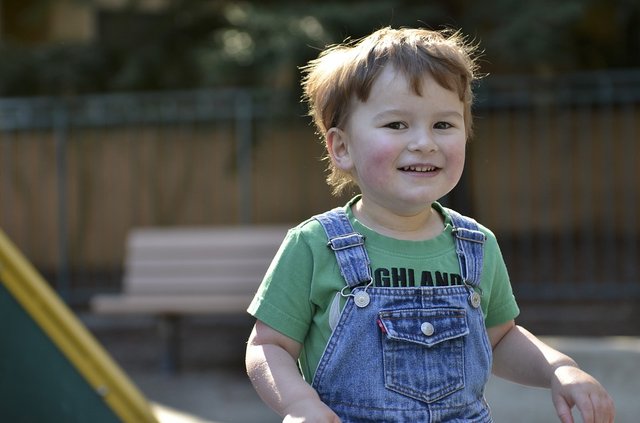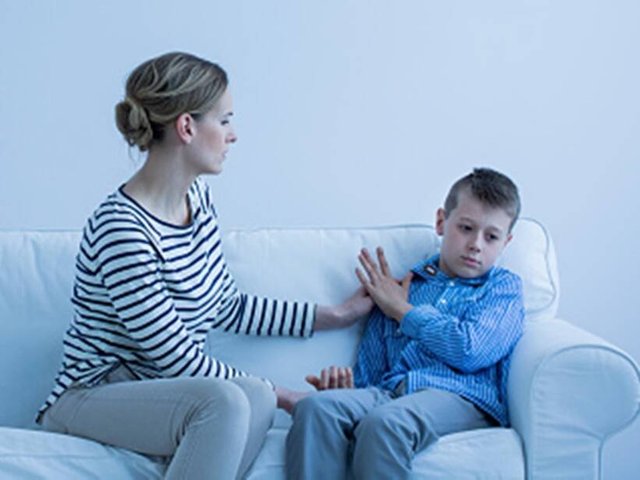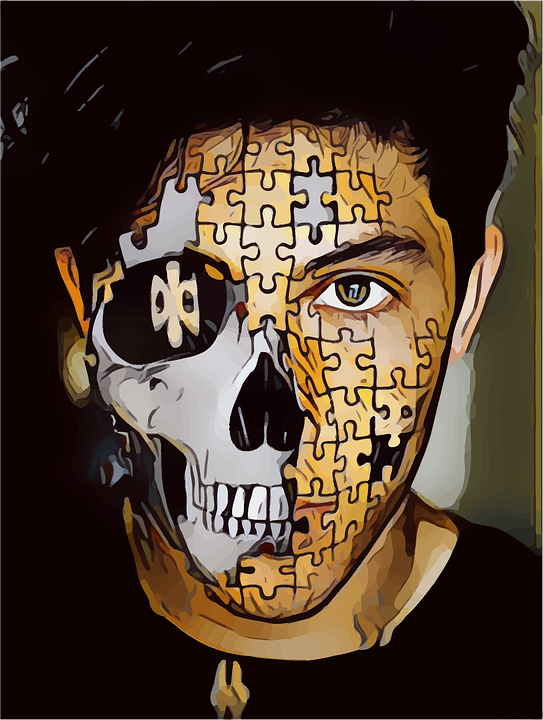Autism: Some Facts to Know
The disorder known as autism was identified by the Austian psychiatrist Leo Kanner : in a long article in 1943 Kanner described the cases of a dozen children he had treated and who shared characteristics. The first was "Donald", who seemed completely disinterested in the world and the people around him, did not play with other children, did not respond to his name when called, showed a mania for spinning objects, and sometimes erupted into uncontrollable tantrums, his daily routine was somewhat altered.

Credits
Kanner's other little patients all had similar behaviors. Kanner was the first to talk about the specific syndrome called early childhood autism (or Kanner's syndrome), borrowing the term autism from the studies of the Swiss psychiatrist Eugen Bleuler , who used it to describe adults with schizophrenia.

Credits
DIFFICULT TO RECOGNIZE
Eighty years after Kanner's studies there are still many uncertainties about the classification of the disorder and its causes. The DSM, the Diagnostic and Statistical Manual of Mental Disorders, talks about autism spectrum disorders to describe the different degrees of severity in which it can occur. The Asperger syndrome , for example, defined by the Austrian pediatrician Hans Asperger one year after Kanner's work, is no longer considered a separate form, but a mild form of autism with no impairment of language and without mental retardation.

Credits
HOW IT STARTS
The symptoms of autism usually appear before the age of three initially concern the difficulty of language and communication, and an apparent difficulty of emotional contact, either with their parents or with their peers, and sometime how it appears can also be very different, which often makes diagnosis very difficult.
Over the years, there has often been talk of a sharp increase in autism cases, sometimes even an epidemic, because some surveys conducted Internationally had shown a sharp increase in the number of cases in children population. In reality, those numbers were then greatly reduced and it is suspected that, rather than an increase in cases, they reflected an increase in diagnoses , due to greater awareness and awareness of the disorder.
Today it is estimated that a reliable prevalence of the disorder is about four out of a thousand children (but the data collection is not systematic), with the disorder affecting, for unknown reasons, males 3 or 4 times more than females.
THE HOAX OF THE LINK WITH VACCINES
Despite repeated denials by the scientific community, proven by very comprehensive research, rumors have been circulating for years that some pediatric vaccinations may be causing autism, rumors fueled by great confusion. In one case, the vaccines were accused, and it was proved that it was a real hoax: by falsifying the data , a British doctor had managed to publish the hypothesis that the vaccine, which contains the live attenuated virus, could cause intestinal disorders and autism.
Thiomersal,a mercury-based excipient that was used to ensure the sterility and preservation of the product, and which was removed from vaccines in 1992, not because it proved harmful but as a precautionary principle.

Credits
WHAT CAUSES IT
There is still uncertainty about the causes of the disorder. It is believed that there is a genetic component: recent data increasingly strongly suggest the possibility of organic damage occurring in the developmental stages of the nervous system. A 2014 study , for example, found abnormalities in the brains of some children (particularly in the architecture of some areas of the cortex) affected by autism, which would point more and more towards the idea that problems occur during fetal development.
HOW TO HANDLE IT
We can speak (improperly) of therapies only for simplicity of speech: the interventions considered most useful are those of a behavioral type to improve the sociability of children and the development of their autonomy in daily life, especially if they are undertaken early. Instead, there is a lack of experimental evidence that other interventions work.
Although so far the most effective therapy has proved to be behavioral, pharmacological research has focused heavily on the role of oxytocin (the so-called love hormone ), a molecule involved in the modulation of various aspects of social behavior, for example in maternal behavior and in establishing the bond between mother and child.
It is periodically talked about as a possible treatment for autistic disorders and some oxytocin-based nasal sprays are being tested that should improve the social skills of children and adults with the disorder.
From the pages of the journal Science , however, an article curbs enthusiasm by pointing out that, although promising, this research is still very preliminary - in addition to the fact that the role of oxytocin in autism (in particular, if indeed the levels of this molecule are more low in sufferers) is not so clear.
THE DAILY DIFFICULTIES
How to manage children with autism, and what are the best paths to start them to a life as autonomous as possible? This is what families are asking themselves about, gathered in numerous associations, where the most precious asset seems to be experience. Unfortunately there are not rare reports of isolated children because they are problematic and difficult to manage, and the philosophy of including putting these kids in school results in many difficulties, not to mention their adult life, when the support of families can come to be missed.